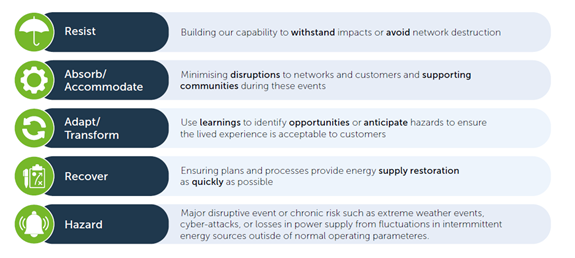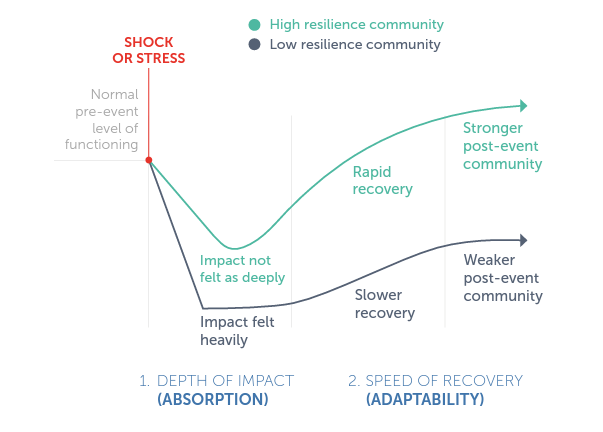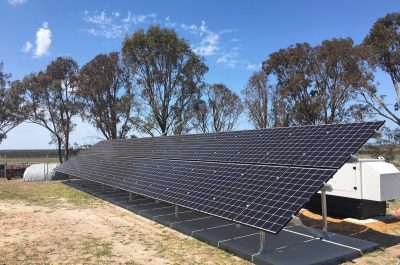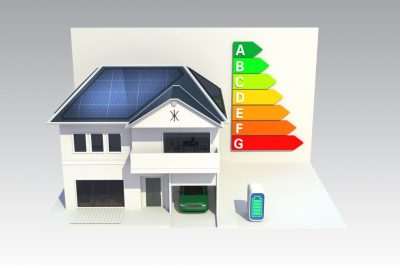Key themes from the 2024-29 regulatory resets
Last month, the Australian Energy Regulator (AER) released its 2024-29 electricity distribution draft determinations for Ausgrid, Endeavour Energy, Essential Energy, Power and Water Corporation, Evoenergy and both electricity distribution and transmission for TasNetworks. There are several strong common themes across these proposals reflecting changes in technology, consumer expectations and the day-to-day operating environment for networks, including climate resilience, consumer energy resources (CER), and cybersecurity.
Consumer engagement continues to be a driver of a high-quality proposal as seen by the continuing implementation of new pathways and approaches outlined in the AER’s Better Resets Handbook. Consumer engagement processes allow customers to provide insight to businesses of where long-term investments and innovation are expected.
Climate Resilience
In the case of a network, resilience is the ability to continue to provide a safe and reliable supply of energy in the face of a shock. It is how a network is able to resist, absorb, adapt to, and recover from the effects of a hazard – as shown in Figure 1 below.
Climate resilience is considered of rising importance due to the increasing frequency and severity of natural disasters. Over the past decade severe bushfires, floods and storms that have caused damage to network businesses assets and subsequently the reliability of services to customers.
Figure 1: Network resilience

Source: Network Resilience: 2022 Collaboration Paper (Ausgrid, Endeavour Energy, Essential Energy, TasNetworks, Evoenergy & Power and Water Corporation)
In 2022, electricity distribution networks involved in this regulatory reset period collaborated on a joint piece of work that sought to better understand stakeholders’ views on network resilience to inform their individual regulatory proposals to the regulator.
This work highlighted that improving climate resilience can weaken the impact of a hazard, and speed up the recovery following an event, as outlined in Figure 2.
Figure 2: Resilience and the response to a hazard

Source: Network Resilience: 2022 Collaboration Paper (Ausgrid, Endeavour Energy, Essential Energy, TasNetworks, Evoenergy & Power and Water Corporation)
Although network resilience is not explicitly mentioned in the National Electricity Rules (NER), the AER released a guidance note confirming their view that resilience-related funding is accommodated by the NER.
One way networks have proposed to improve climate resilience is the use of Stand-Alone Power Systems (SAPS). Essential Energy in NSW has an extensive rural network, and utilising SAPS can remove long stretches of overhead lines from the network, helping to also improve reliability.
Endeavour Energy also proposed a covered conductor replacement program targeting high bushfire risk areas and the raising of selected feeders in flood-prone areas to address climate risks, which the AER approved in its draft determination.
Consumer Energy Resources (CER)
This round of regulatory resets highlights the need to invest and consider flexibility to support take up around CER, particularly for electric vehicles (EVs).
Most networks noted the need for long-term CER investments as a key outcome of consumer engagement. There is broad support from consumers and the AER for long-term CER enabling investments, however, the AER in its draft determination focuses on the importance of striking the balance of anticipating consumer demand and keeping prices low for customers.
Several network businesses have proposed the use of dynamic operating envelopes (DOE) in their upcoming regulatory control periods. DOEs calculate and dynamically allocate “hosting capacity” to customer energy resources, allowing customers to install larger solar systems and export to the electricity grid above set or ‘static’ limits.
The draft determinations bring attention to the challenges of forecasting under uncertainty and ensuring that we have the right regulatory frameworks to support the energy transition. Network determinations made today face significantly wider bands of uncertainty than those made previously under past technology and market conditions.
Cybersecurity
Cybersecurity is another key emerging area seen across the draft determinations. As CER grows across the nation, so too do the unique challenges for cybersecurity.
Regulatory compliance obligations are growing due to the increasing risk, reflected in the new capital expenditure spending in these draft determinations. For example, in 2022 the Security of Critical Infrastructure Act 2018 was amended to include a new enhanced cyber security obligations framework. Other changes include the NSW electricity distributor licence conditions, and the Privacy Legislation Amendment Act 2022.
Network businesses and the AER have recognised the increasing threat of cyber events. Both parties are keen to see capex investments in this area to ensure a safe and reliable electricity network. This is reflective of the wider context of cybersecurity threats seen across many Australian industries following several high-profile cyber events.
Consumer engagement
These regulatory proposals have shown the importance of genuine and in-depth consumer engagement at a time of increased change, and cost of living pressures.
Consumers are keenly interested in participating in and shaping the energy transition, especially with the uptake of CER, and networks are increasingly experimenting with new ways of gathering their views and priorities, to develop truly consumer-driven proposals.
Previously network determinations have tended to be highly technical ‘closed door’ processes largely followed and determined by specialists. The three themes of climate resilience, consumer engagement, and cybersecurity are a demonstration that these processes are increasingly needing to take an entirely different – or ‘outside in’ – approach to ensure they respond to the changing world and consumer needs.
The next steps are the networks revised regulatory proposals due on the 30th of November this year with the Final Determinations published in April 2024.



